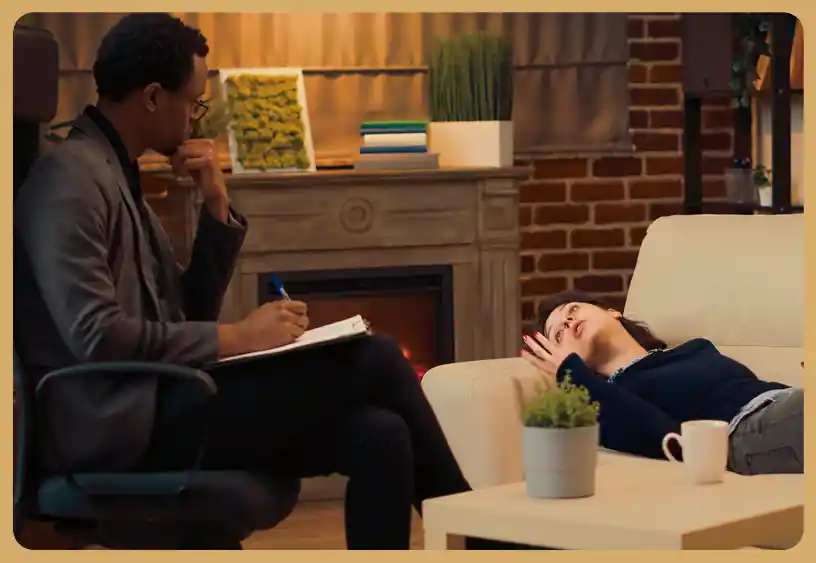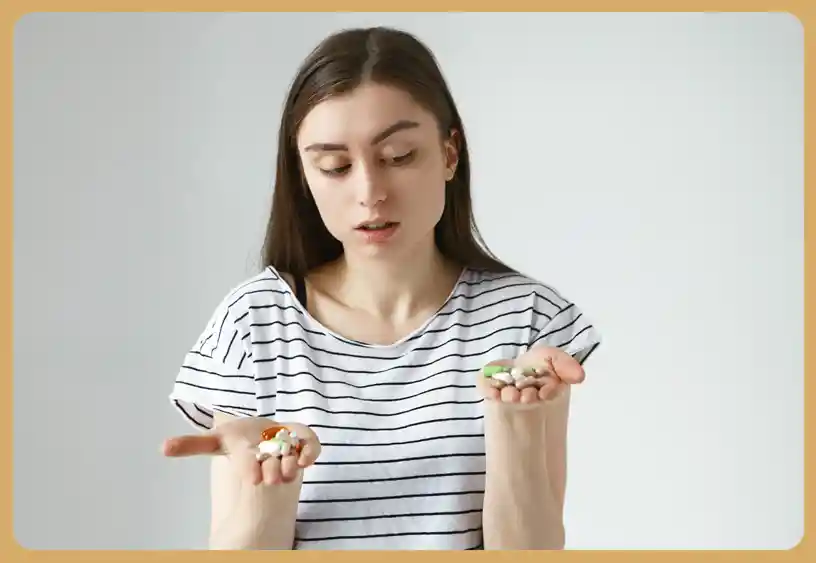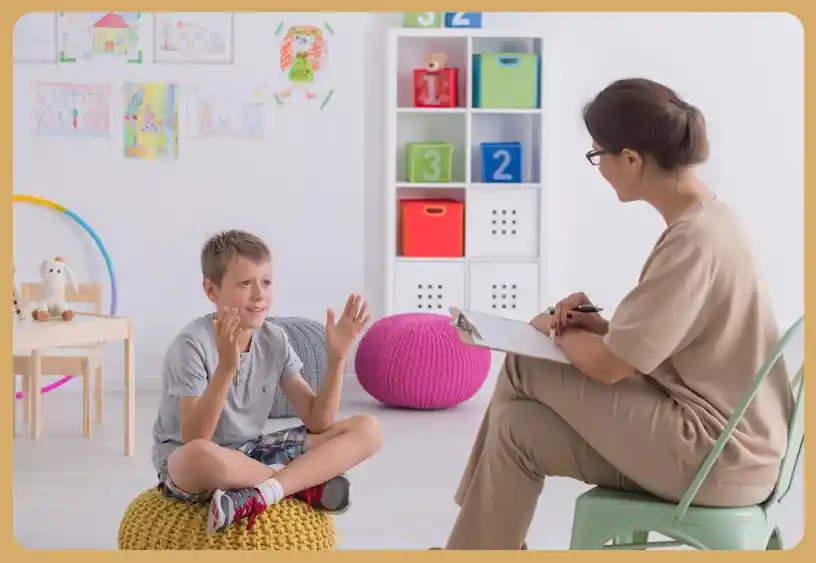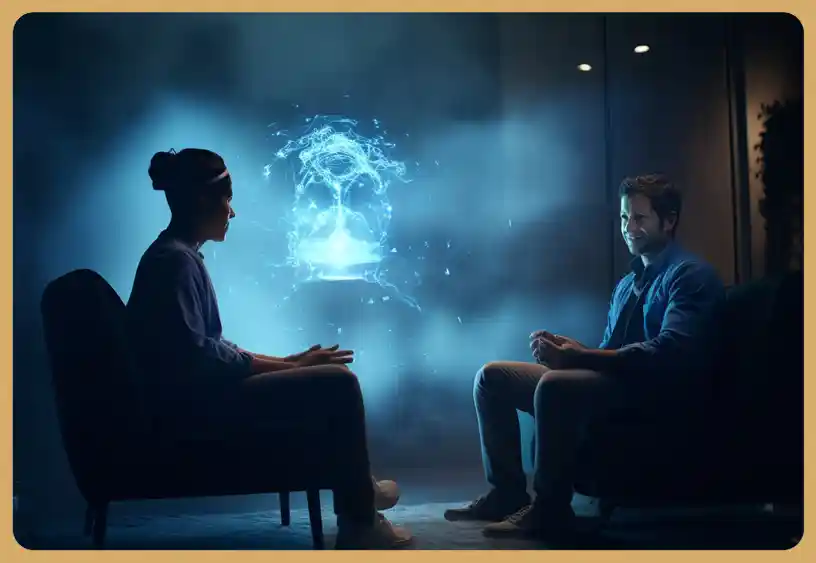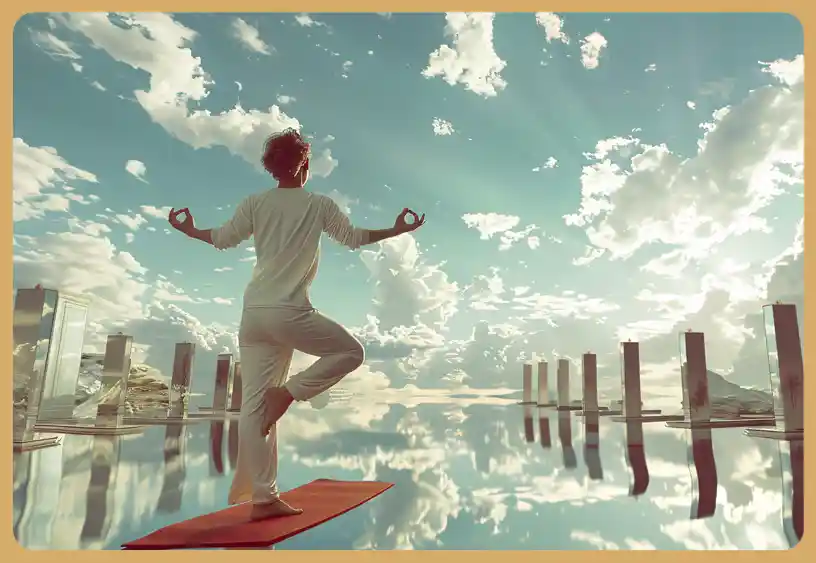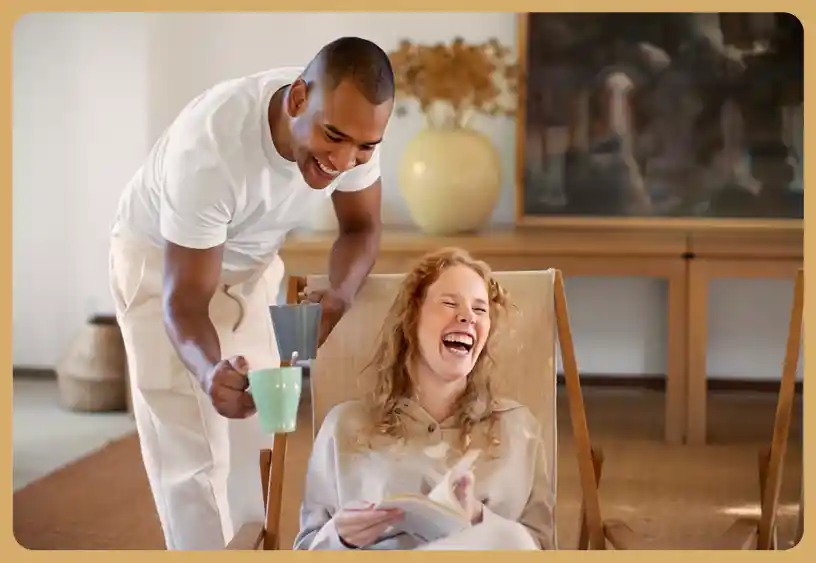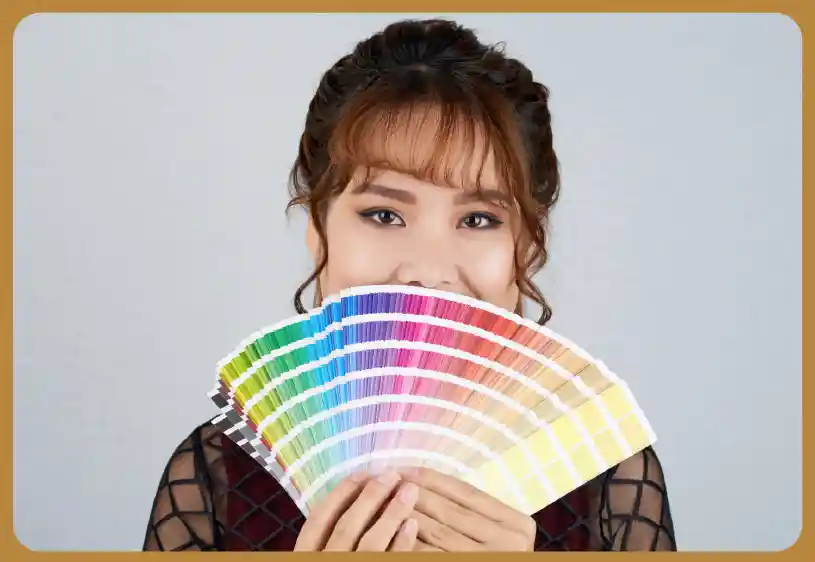
What do colors have to do with psychology? Only everything! Color has always had a close association with psychology and brands across the world have made use of this connection to create a space for them in the industry. So how exactly does color psychology influence the world of branding and marketing? Let us find out.
What Is Color Psychology?
Color psychology studies how colors affect emotion, behavior, and thought. It acknowledges that colors may alter people's conscious and unconscious physiological and emotional states. This psychology field examines how design, marketing, and branding color choices impact people's thoughts, feelings, and actions. Color psychology states that different colors provoke different emotions. Warm colors like red and yellow signify passion, energy, and comfort, whereas chilly colors like blue and green represent calmness and stillness. Cultural and individual differences can make color perception subjective.
Color psychology helps brands and marketers adapt graphics to their consumers. Red and yellow may make fast-food consumers hungry and urgent. However, a spa or wellness firm may use blues and greens to relax consumers.
Color psychology is used in branding, marketing, home design, art therapy, and healthcare. Hospitals may paint patient rooms soothing colors to alleviate stress and encourage recovery. Art therapy conveys emotions or induces mental states with colors. Personal experiences, cultural backgrounds, and hobbies may profoundly affect how people view and respond to colors. Although color psychology explains colors, they impact people differently. Color psychology creates significant visual experiences in many areas of life despite these problems.
What Does Each Color Say?
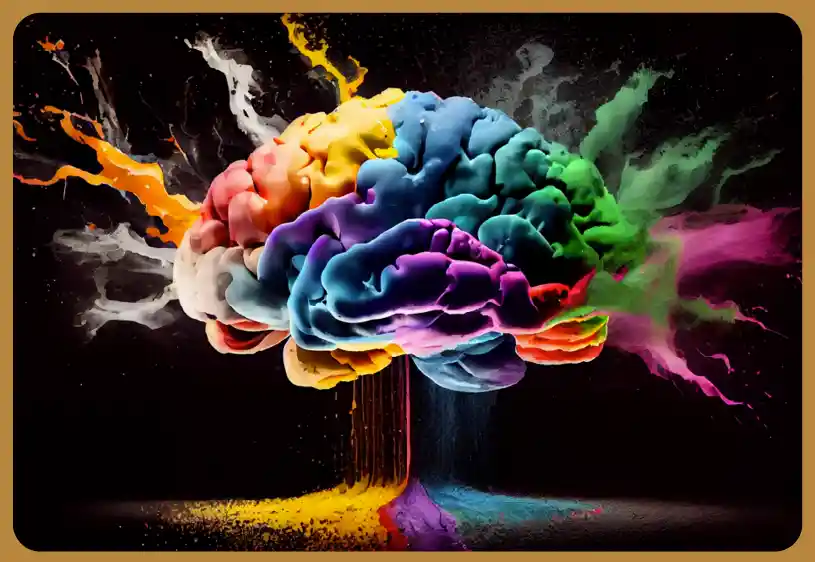
Color psychology in marketing and branding examines how colors affect consumers' emotions and minds. Individual and cultural experiences can shape these impressions. Some typical colors and their meanings:
Red
Color psychology says red is a bold, powerful hue that evokes strong emotions in marketing and branding. It inspires love, enthusiasm, and passion, leaving a mark on the audience. Sale and clearance signs employ red to grab attention and persuade people to act swiftly. Red is an energetic color for aggressive branding. The color's association with powerful emotions makes brand events stand out and captivate spectators. Logos, packaging, and promotions benefit from red's brightness and durability.
Blue
Blue is a flexible and popular hue that conveys trust, calmness, and professionalism in marketing and branding. It makes customers feel safe and trustworthy, and the IT and financial industries use it the most. Blue helps companies create a tranquil, pleasant ambiance by making people feel better. Blue is simple to recognize and connected with security, making it a good bonding color.
Green
As it comes from nature, green represents growth, freshness, health, and sustainability. Environmentally conscious brands utilize green logos and marketing. This color will attract eco-conscious customers and make the organization appear ethical. Green can provide harmony and a natural brand image when used appropriately.
Yellow
Yellow is a vibrant and pleasant color, making it great for marketing and branding. Brands often utilize yellow to represent brightness and happiness. This color is perfect for marketing materials that need text to stand out in a busy visual backdrop. Yellow is a great color to approach younger individuals since it symbolizes youth and pleasure. Yellow makes people joyful with its energy. Yellow logos, ads, and packaging are popular.
Orange
Bright orange attracts attention in advertising and calls to action. Since it's warm and vibrant, it may be used in various industries to make brand images more engaging. Orange may be used to excite and interest people visually. Orange is a vibrant color that may impress buyers with logos, marketing, and products.
Purple
Purple is symbolic of power, fortune, elegance, and mystery, making it great for marketing and branding. Polished and elite brands use purple. This color makes cosmetics look rich and sophisticated, making it appealing. Purple is perfect for mysterious and unique companies because to its weird undertones. Purple as a main color or accent conveys luxury and professionalism.
Black
Black represents class, style, power, and mystery. The traditional design helps it stand out in marketing and branding. Black is used by premium businesses to convey exclusivity and authority. The color's sophistication and mystique make it ideal for fashion, technology, and vehicles. Black may offer your brand has a clean, professional image and improve its value if used right. Black may be used alone or with other colors to affect how consumers view a product or service and develop a strong brand.
White
White implies youth, purity, cleanliness, and simplicity, which affects how people view companies in many sectors. White is used in visual branding for clean, modern brands. It looks classy and simple. Neutral and flexible white complements many hues. Use it as a background to improve everything. Many use white to indicate cleanliness in healthcare, technology, and basic design. This hue makes companies seem clean and modern, which appeals to consumers who enjoy basic and true items.
Pink
Pink symbolizes passion, tenderness, and joy. It works well in marketing and branding, especially for targeted audiences. Brands that seek to attract women employ pink to make them look pleasant. This hue is appropriate for love and beauty things since it evokes love and tenderness. Pink may make people feel happy, which can assist establish consumer relationships in marketing. Whether used gently or as the dominant hue, pink gives a company a feminine, lively look. This generates an audience-relevant visual language.
Brown
Because it connotes stability, trustworthiness, and warmth, brown is significant in food, nature, and outdoor goods marketing and branding. Brands that wish to appear steady and trustworthy utilize brown. This builds confidence and reliability with customers. This versatile color may make you feel warm and comfortable, making it an excellent option for natural and earthy items. Brown in logos, packaging, and marketing materials conveys a connection to nature and a guarantee of trustworthy and healthful products.
How Do Brands Use Color Psychology In Marketing And Branding?
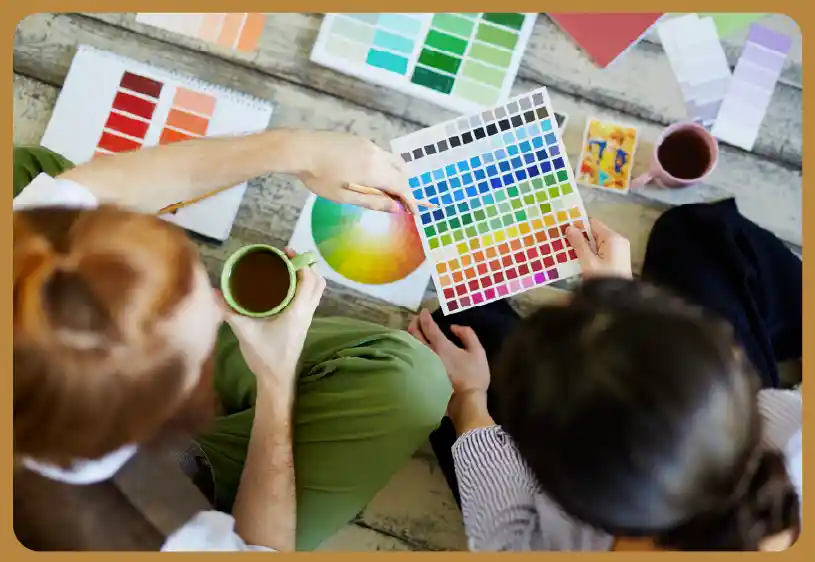
Brands employ color psychology to influence consumers' thoughts, feelings, and actions. When companies understand how colors impact people's brains, they can create a visual character that resonates with their audience and conveys their brand. Colors that reflect the brand's values are popular. Blue, representing business and peace, helps build confidence and trustworthiness for a company. A company that wants to inspire may choose bright colors like orange or red.
Along with names, packaging, website design, and marketing materials use colors. Consistent colors distinguish companies and products. Harmony helps customers remember and trust the brand. Color psychology influences customer behavior during the journey. Red and yellow buttons and ads encourage fast action. Soft, calming hues on cargo containers boost confidence. Also important are cultural factors. Colors have varied meanings in different nations, so sellers must be informed. Happy colors might be toxic in other cultures.
Culture, demography, and target audience tastes are considered. Businesses targeting younger people may use bright, trendy hues, while those targeting older people may employ refined, understated tones. Color psychology is used with several colors. Color combinations are chosen to express brand messaging. Non-matching colors can accentuate regions while matching colors provide visual cohesion. Color psychology in branding and marketing requires knowledge of the brand's personality, audience, and culture. Brands can create a powerful and emotive visual language that supports their brand image and connects with customers by carefully selecting and using colors across all platforms.
A Rainbow Of Opportunities
If you are looking for ward to build a brand image for your service or product, color psychology can help you out. Zivanza is here to guide you through this process as our expert psychologists help you figure out the science and facts behind each color.
- Share


